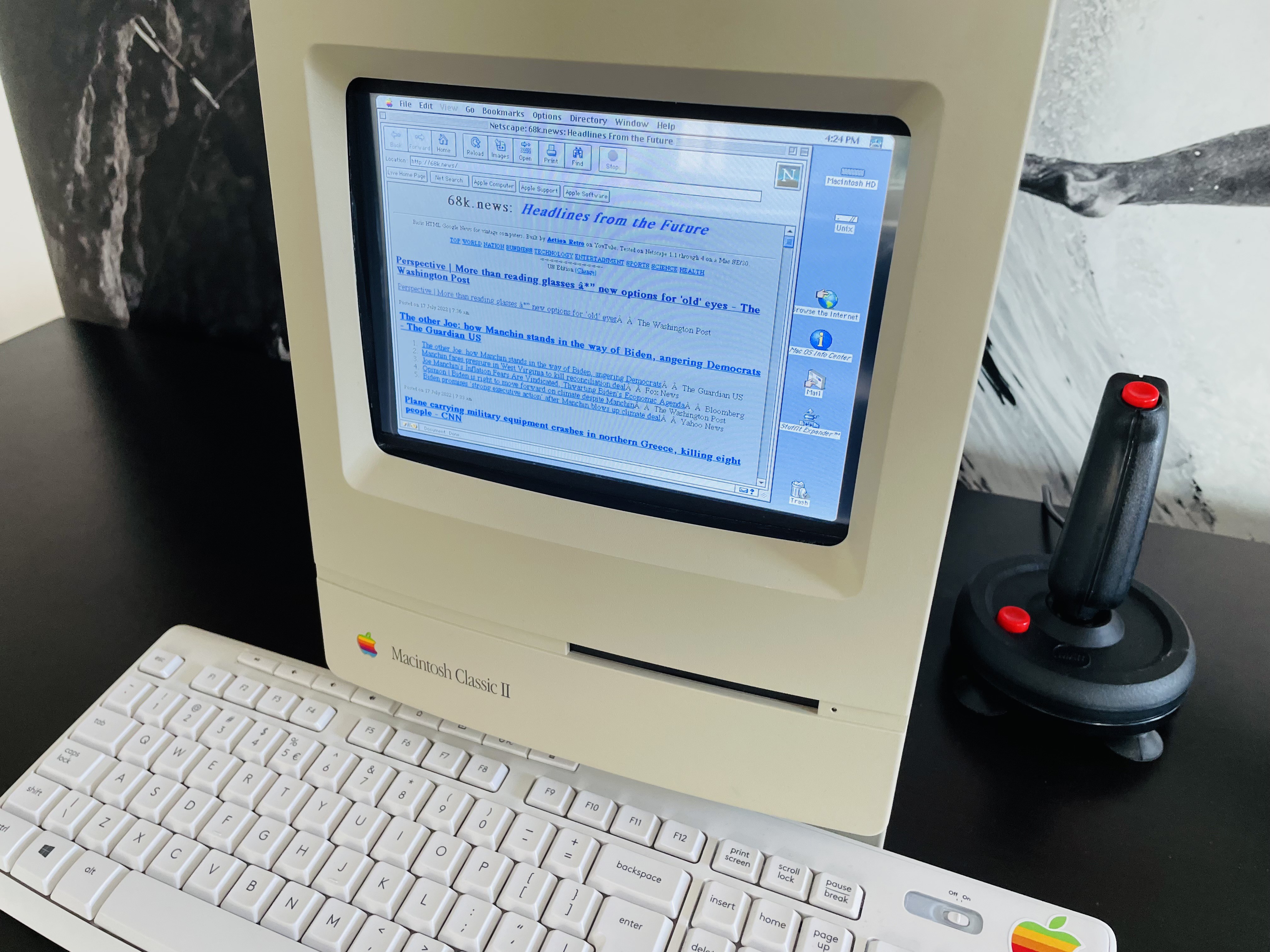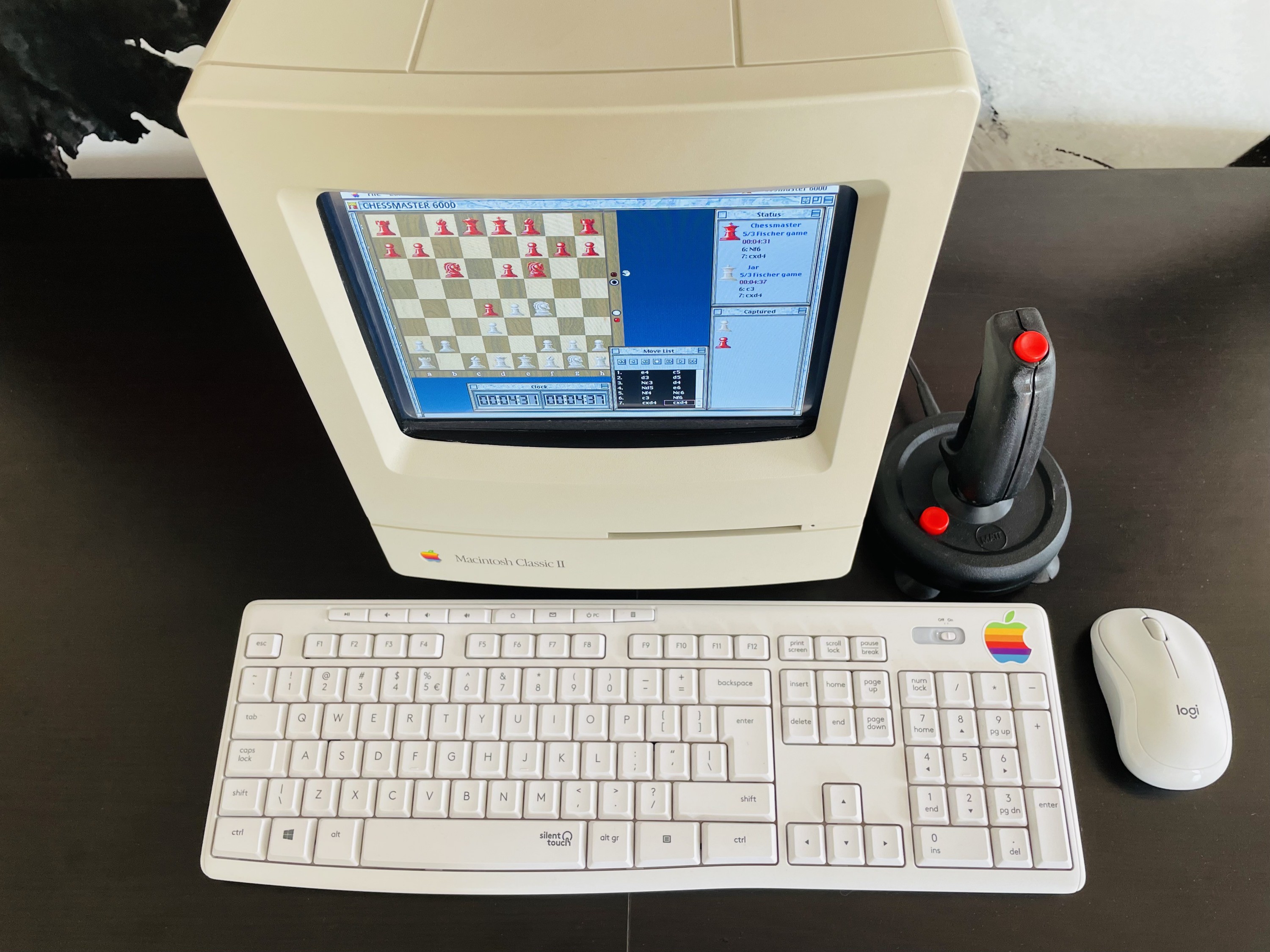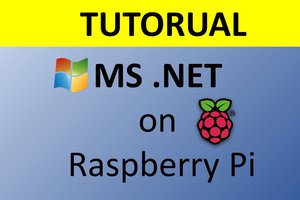Below you will find a short clip showing what MacintoshPi can do:
The project consists of the following auto-compiling and installing bash scripts for Raspberry Pi:
- Macintosh 68K emulator Basilisk II supporting Mac OS 7 (System 7.5.5) and Mac OS 8.
- PowerPC emulator SheepShaver supporting Mac OS 9.
- A development library SDL2 designed to provide low level access to audio, keyboard, mouse, joystick, and graphics hardware.
- Commodore 64/128/PET emulator VICE.
- MacintoshPi Virtual Modem using the tty0tty and tcpser projects, running with the two aforementioned emulators for Apple and Commodore products, and on Raspberry Pi OS itself, as well as allowing any original terminal retro-software to connect with modern-day telnet BBSs.
- CD-ROM, DVD-ROM emulator CDEmu which allows mounting CD images (iso, toast, cue/bin, mds/mdf etc.) under Raspberry Pi OS - runs with BasiliskII and SheepShaver emulators, as well as on Raspberry Pi OS. The emulators are configured automatically to support that virtual CD-ROM drive.
- A consistent MacintoshPi Launcher that runs all of those systems at different resolutions (after reboot), in different configurations, with autostart support and with various startup chimes.
- SyncTERM - an application for connecting with BBSs from the Raspberry Pi OS, compiled in combination with the SDL library.
- Information how to run Raspberry Pi OS in dual-boot with BMC64, the fastest Commodore emulator for Raspberry Pi (bare metal/low latency emulator).
Mac OS images are pre-configured to support online connections.

Detailed descriptions of MacintoshPi project components
Basilisk II (Mac OS 7 and 8) and SheepShaver (Mac OS 9)
The script downloads all files required to start Mac OS - ROMs, system images, and creates configuration files. On installation, directory /home/pi/downloads will be visible on the Apple desktop as a Unix directory - files can be copied both ways between those two resources, but applications cannot be launched directly from that directory. In addition, the so-called NetDriver is also compiled, which allows full online access from virtualised Apple systems. Up till now, Mac OS 9 in the full screen mode (without the unnecessary window manager) has not been available for Raspberry Pi. This is perhaps the first such implementation which allows using Mac OS 9 and SDL2 in the full screen mode with sound and online connection - even on the small Raspberry Pi 2W. Each system must be launched with the appropriate command: mac os7, mac os8 or mac os9. The additional file .img or .dsk can be added to the launched system by adding the image file name at the end of the command which invokes the system concerned, e.g.
mac os9 demo.img
Basilisk II and SheepShaver emulators can be stopped by using the key combination CTRL+SHIFT+ESC. This causes an immediate return to the command line. The COMMAND key is acquired with the left ALT key in Mac OS 9, and with the CTRL key in Mac OS 7 and Mac OS 8. For more information about those emulators visit the BasiliskII and SheepShaver websites.

VICE
The script that compiles the VICE Commodore emulator which can be used for connecting an emulated Commodore with modern BBSs. It allows downloading files which can be used on the same Raspberry Pi device, but on the fast BMC64 emulator installed in dual boot. On installing the BMC64 partition to rootfs, data can be downloaded from a BBS directly to the virtual drive that will then be available automatically in BMC64. The VICE emulator for Raspberry...
Read more » Jarosław Mazurkiewicz
Jarosław Mazurkiewicz



 Dmitry
Dmitry
It was a pleasure to get to know your project. I think it's a great example of what can be achieved with a Raspberry Pi and a little creativity. To me, this is a fun and nostalgic project that brings back the look and feel of the classic Mac OS while using the power of modern hardware. Also, it would be great to explore the possibility of remote access to such devices, and with the right approach and a guide at https://setapp.com/how-to/how-to-access-your-mac-remotely it seems realistic to me. With MacintoshPi's ability to run full-screen versions of Mac OS 7, 8, and 9, active internet connection, and modem emulation, it would be fascinating to see how remote access could enhance its functionality. Thank you for sharing your impressive project with the community.